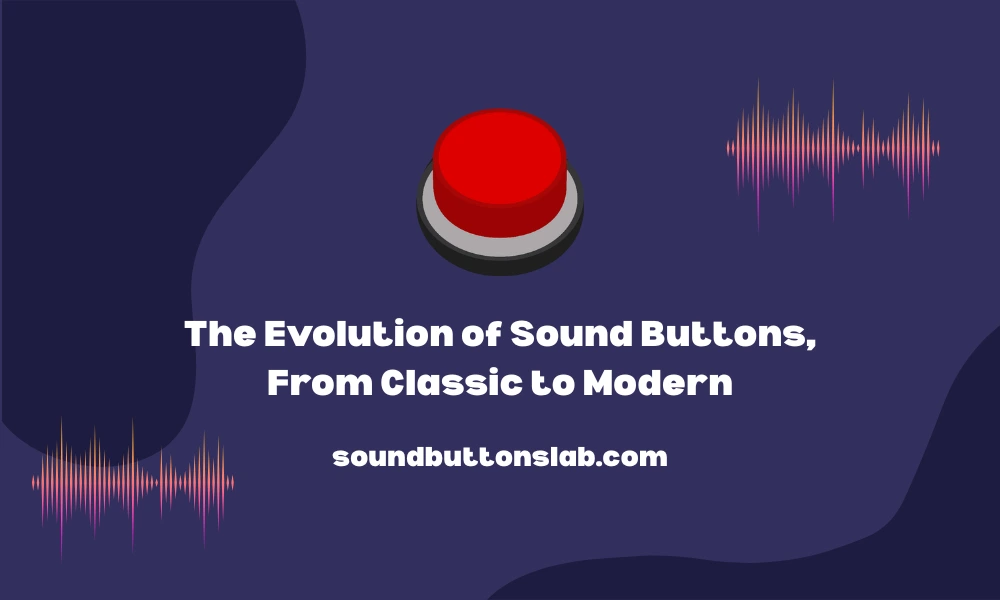Sound buttons have seen a remarkable transformation over the years. What began as simple, single-sound gadgets have evolved into sophisticated devices integral to various aspects of modern life.
The Early Days
The concept of sound buttons dates back to the mid-20th century when they were primarily used in toys and novelty items. These early versions were basic, often emitting a single sound or phrase. They were popular among children and quickly became a staple in many households.
Technological Advancements
As technology progressed, so did the capabilities of sound buttons. The 1980s and 1990s saw significant improvements, with sound buttons being integrated into more complex toys, greeting cards, and even promotional items. These sound buttons could play multiple sounds, adding a new level of interactivity.
The Digital Era
The turn of the century brought about the digital era, where sound buttons became more sophisticated. They started to feature in electronic devices, including remote controls, keychains, and interactive books. The quality of the sound improved drastically, making these buttons more appealing and functional.
Modern Applications
Today, sound buttons are used in a variety of innovative ways. They are not just limited to toys and gadgets but have found their place in several industries:
Entertainment
Sound buttons are used in video games, apps, and online platforms to enhance user experience.
Communication
Devices like walkie-talkies and intercom systems often incorporate sound buttons for better functionality.
Accessibility
Sound buttons are used in assistive technology, helping individuals with disabilities to communicate more effectively.
Marketing
Businesses use sound buttons in promotional materials to grab attention and engage potential customers.
Future Prospects
The future of sound buttons looks promising. With advancements in artificial intelligence and the Internet of Things (IoT), sound buttons are expected to become even more integrated into daily life. We can anticipate smarter, more responsive buttons that can adapt to user preferences and provide a more personalized experience.
Conclusion
From simple toys to sophisticated devices, sound buttons have come a long way. They continue to evolve, offering new possibilities and enhancing the way we interact with technology. As we look to the future, the potential applications for sound buttons are endless, promising an exciting journey ahead.
